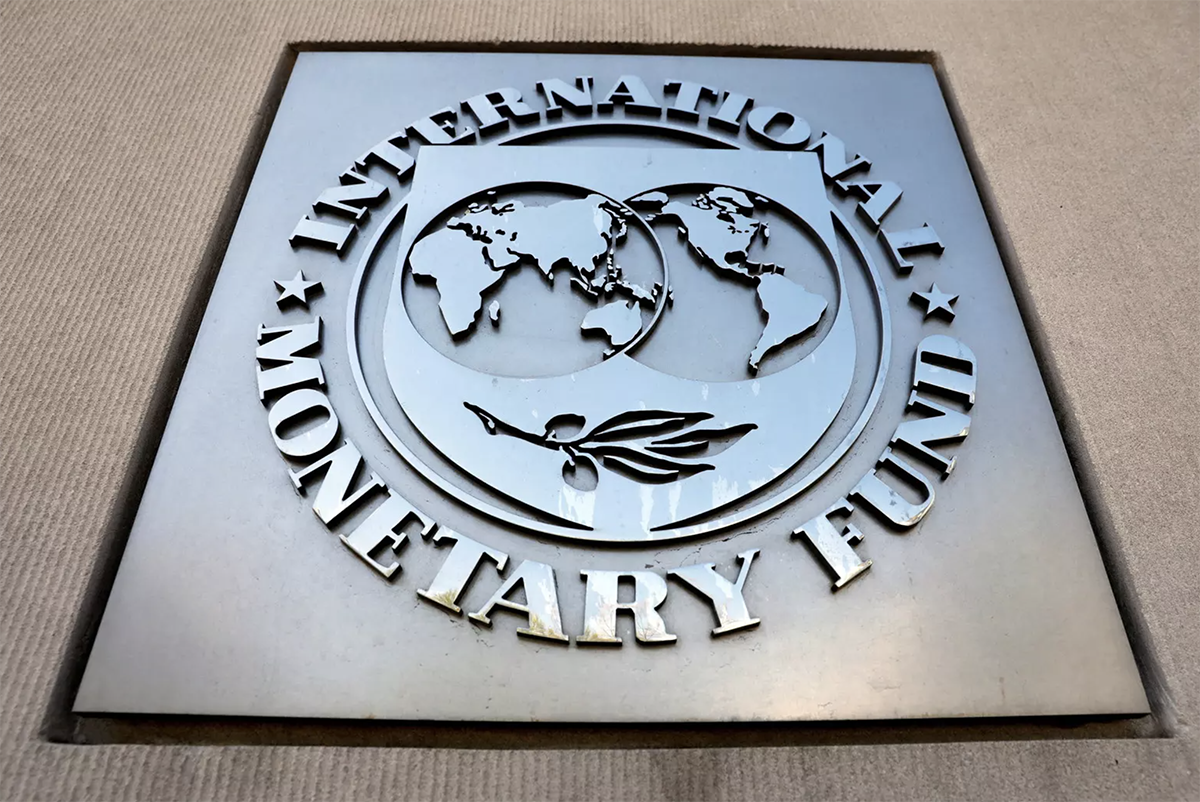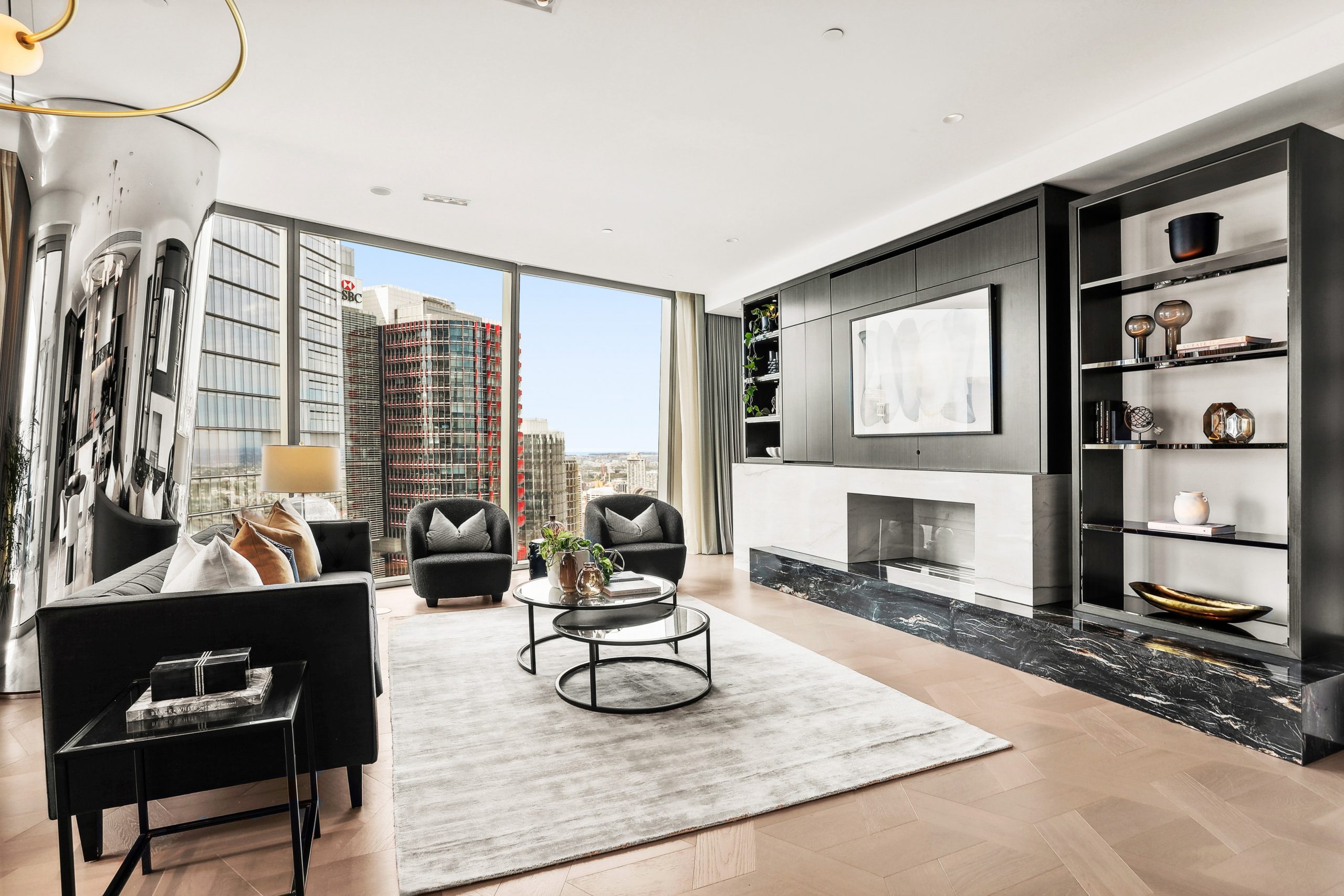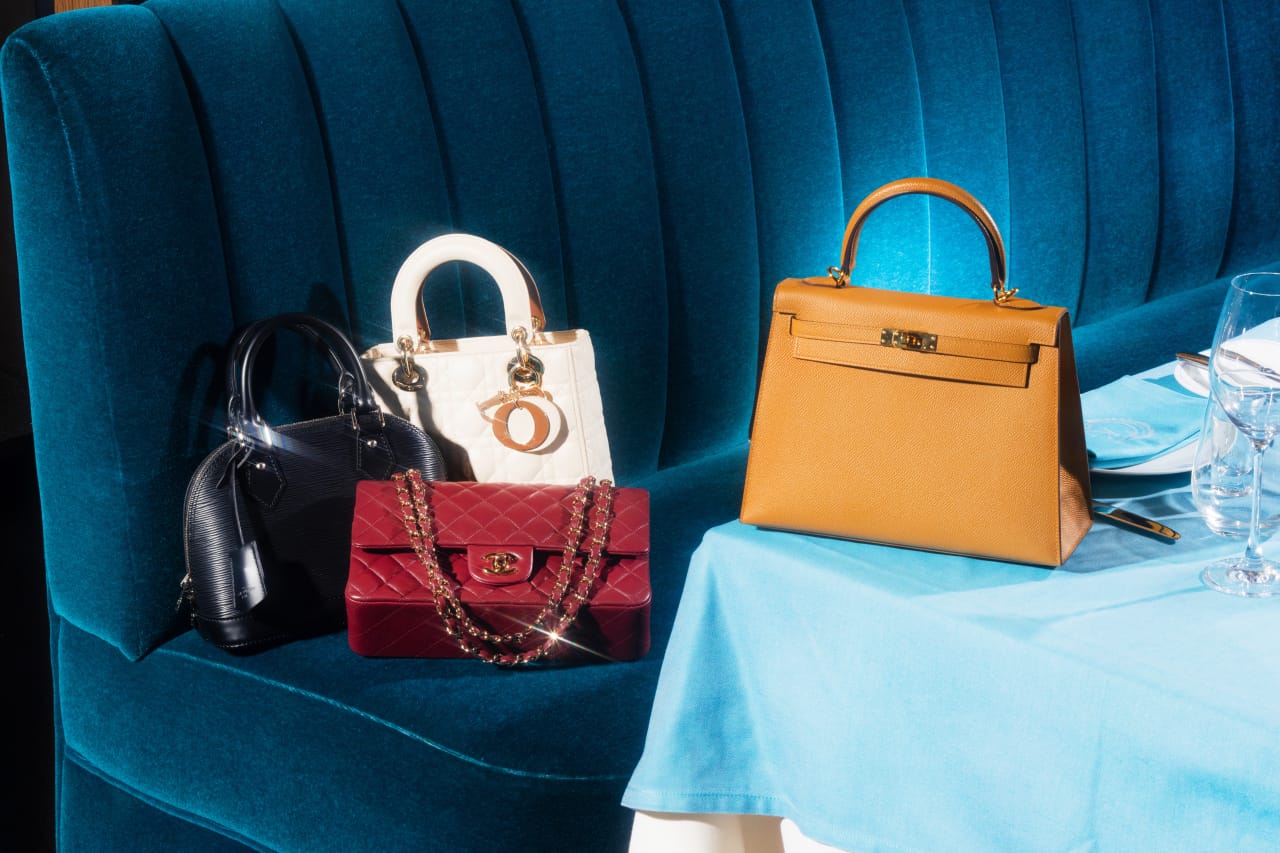IMF Again Cuts Global Growth Forecast Amid Inflation, War in Ukraine
The International Monetary Fund now sees growth slowing to 3.2% this year and 2.9% in 2023.
WASHINGTON—The International Monetary Fund lowered its outlook for global economic growth again for 2022 and 2023, as soaring inflation and the spillover from the war in Ukraine cut into household purchasing power around the world and prolonged pandemic lockdowns slowed China’s growth engine.
The international financial institution said Tuesday it now sees world economic growth slowing to 3.2% this year, compared with a 6.1% expansion in 2021. The group has repeatedly cut its forecast for 2022, from 4.9% in October, 4.4% in January and 3.6% in April.
Growth is expected to further slow to 2.9% in 2023, significantly slower than the 3.6% expansion projected in April.
The IMF warned the actual outcomes could be worse, citing a series of downside risks. Among them are a sudden stop of European gas imports from Russia; stubborn inflation unrestrained by policy measures; debt distress in poorer nations induced by tighter global financial conditions; and a further slowdown in China triggered by renewed Covid-19 outbreaks and an escalation of its property sector crisis. And growing geopolitical fragmentation between Western democracies and Russia and China could impede global trade and economic policy cooperation, the group said.
“The risks to the outlook are overwhelmingly tilted to the downside,” the IMF said, adding that global growth could be as low as 2.6% in 2022 and 2% in 2023.
The latest forecasts reflect a sharp upward revision in the group’s inflation outlook. Further squeezing living standards for people around the world, consumer prices are expected to rise 6.6% in rich economies and 9.5% in emerging markets and developing nations this year, upward revisions of 0.9 and 0.8 percentage points, respectively, from April.
“We have higher inflation and it’s broader inflation. It’s not just energy and food. It’s seeping into services and goods, and it’s well ahead of central bank targets in most countries,” IMF chief economist Pierre-Olivier Gourinchas said in an interview. “That’s leading to an erosion of purchasing power. In many countries, wages have not been keeping up with price inflation.”
Mr. Gourinchas said taming inflation must be the first priority for policy makers, even if it means slowing down economic activities in the short term. “Bringing down inflation in a timely manner is also creating the conditions for stable growth and a stable macroeconomic environment in the years ahead,” he said.
He added that governments should use targeted fiscal policy support to help ease the impact of inflation on the most vulnerable, but that such measures must be paired with tighter spending elsewhere to avoid offsetting the effect of monetary policy to tame inflation.
The group sees worldwide inflation returning to near prepandemic levels by the end of 2024, after easing to 5.7% by late 2023.
Driving the downward revisions in global growth forecasts were slowdowns in the U.S. and China.
The IMF now sees U.S. growth slowing to 2.3% this year and 1% in 2023, compared with the expansion of 5.7% in 2021. In April, the group forecast the U.S. economy to grow 3.7% this year and 2.3% in 2023. The cut reflects significantly reduced private consumption amid price increases and the expected impact of tighter monetary policy by the Federal Reserve.
The IMF expects China’s growth to moderate to 3.3% this year from 8.1% last year and compared with an expansion of 4.4% seen earlier for this year. The activities slowed sharply in the world’s second-largest economy this year because of Beijing’s strict pandemic lockdown policy, as well as the worsening crisis in the country’s property sector, which is dragging down sales and real-estate investments.
“The slowdown in China has global consequences,” the IMF said. “Lockdowns added to global supply chain disruptions and the decline in domestic spending are reducing demand for goods and services from China’s trade partners.”
The war in Ukraine has had more negative impacts on European economies than earlier expected because of higher energy prices and weaker consumer confidence. Persistent supply chain disruptions and rising input costs are also weighing on their manufacturing sector. The IMF’s growth outlook for the euro area was cut to 2.6% in 2022 and 1.2% in 2023, compared with growth of 2.8% and 2.3% projected in April, respectively.
“We have a slowdown in the U.S., in China and in the euro area over 2022 and ’23,” Mr. Gourinchas said. “The three largest economies in the world are stalling right now. And of course the global economy is going to reflect that.”
One country that has fared better than earlier expectations is Russia. While the war in Ukraine has hurt its economy significantly, rises in oil and gas prices triggered by the war have increased the country’s export revenues, and thus funds to continue with the war. Mr. Gourinchas said that Russia’s central bank has also skillfully managed the impact of the economic sanctions imposed by Western governments by raising interest rates swiftly and preventing a financial meltdown. The IMF expects Russia’s economy to shrink 6% this year and 3.5% next year, compared with its April forecast for contractions of 8.5% and 2.3%, respectively.
Still, the actual economic contraction in Russia and in China caused the global gross domestic product to shrink in the second quarter—the first such phenomenon since 2020.
This stylish family home combines a classic palette and finishes with a flexible floorplan
Just 55 minutes from Sydney, make this your creative getaway located in the majestic Hawkesbury region.
The remote northern island wants more visitors: ‘It’s the rumbling before the herd is coming,’ one hotel manager says
As European hot spots become overcrowded , travellers are digging deeper to find those less-populated but still brag-worthy locations. Greenland, moving up the list, is bracing for its new popularity.
Aria Varasteh has been to 69 countries, including almost all of Europe. He now wants to visit more remote places and avoid spots swarmed by tourists—starting with Greenland.
“I want a taste of something different,” said the 34-year-old founder of a consulting firm serving clients in the Washington, D.C., area.
He originally planned to go to Nuuk, the island’s capital, this fall via out-of-the-way connections, given there wasn’t a nonstop flight from the U.S. But this month United Airlines announced a nonstop, four-hour flight from Newark Liberty International Airport in New Jersey to Nuuk. The route, beginning next summer, is a first for a U.S. airline, according to Greenland tourism officials.
It marks a significant milestone in the territory’s push for more international visitors. Airlines ran flights with a combined 55,000 seats to Greenland from April to August of this year, says Jens Lauridsen, chief executive officer of Greenland Airports. That figure will nearly double next year in the same period, he says, to about 105,000 seats.
The possible coming surge of travellers also presents a challenge for a vast island of 56,000 people as nearby destinations from Iceland to Spain grapple with the consequences of over tourism.
Greenlandic officials say they have watched closely and made deliberate efforts to slowly scale up their plans for visitors. An investment north of $700 million will yield three new airports, the first of which will open next month in Nuuk.
“It’s the rumbling before the herd is coming,” says Mads Mitchell, general manager of Hotel Nordbo, a 67-room property in Nuuk. The owner of his property is considering adding 50 more rooms to meet demand in the coming years.
Mitchell has recently met with travel agents from Brooklyn, N.Y., South Korea and China. He says he welcomes new tourists, but fears tourism will grow too quickly.
“Like in Barcelona, you get tired of tourists, because it’s too much and it pushes out the locals, that is my concern,” he says. “So it’s finding this balance of like showing the love for Greenland and showing the amazing possibilities, but not getting too much too fast.”
Greenland’s buildup
Greenland is an autonomous territory of Denmark more than three times the size of Texas. Tourists travel by boat or small aircraft when venturing to different regions—virtually no roads connect towns or settlements.
Greenland decided to invest in airport infrastructure in 2018 as part of an effort to expand tourism and its role in the economy, which is largely dependent on fishing and subsidies from Denmark. In the coming years, airports in Ilulissat and Qaqortoq, areas known for their scenic fjords, will open.
One narrow-body flight, like what United plans, will generate $200,000 in spending, including hotels, tours and other purchases, Lauridsen says. He calls it a “very significant economic impact.”
In 2023, foreign tourism brought a total of over $270 million to Greenland’s economy, according to Visit Greenland, the tourism and marketing arm owned by the government. Expedition cruises visit the territory, as well as adventure tours.
United will fly twice weekly to Nuuk on its 737 MAX 8, which will seat 166 passengers, starting in June .
“We look for new destinations, we look for hot destinations and destinations, most importantly, we can make money in,” Andrew Nocella , United’s chief commercial officer, said in the company’s earnings call earlier in October.
On the runway
Greenland has looked to nearby Iceland to learn from its experiences with tourism, says Air Greenland Group CEO Jacob Nitter Sørensen. Tiny Iceland still has about seven times the population of its western neighbour.
Nuuk’s new airport will become the new trans-Atlantic hub for Air Greenland, the national carrier. It flies to 14 airports and 46 heliports across the territory.
“Of course, there are discussions about avoiding mass tourism. But right now, I think there is a natural limit in terms of the receiving capacity,” Nitter says.
Air Greenland doesn’t fly nonstop from the U.S. because there isn’t currently enough space to accommodate all travellers in hotels, Nitter says. Air Greenland is building a new hotel in Ilulissat to increase capacity when the airport opens.
Nuuk has just over 550 hotel rooms, according to government documents. A tourism analysis published by Visit Greenland predicts there could be a shortage in rooms beginning in 2027. Most U.S. visitors will stay four to 10 nights, according to traveler sentiment data from Visit Greenland.
As travel picks up, visitors should expect more changes. Officials expect to pass new legislation that would further regulate tourism in time for the 2025 season. Rules on zoning would give local communities the power to limit tourism when needed, says Naaja H. Nathanielsen, minister for business, trade, raw materials, justice and gender equality.
Areas in a so-called red zone would ban tour operators. In northern Greenland, traditional hunting takes place at certain times of year and requires silence, which doesn’t work with cruise ships coming in, Nathanielsen says.
Part of the proposal would require tour operators to be locally based to ensure they pay taxes in Greenland and so that tourists receive local knowledge of the culture. Nathanielsen also plans to introduce a proposal to govern cruise tourism to ensure more travelers stay and eat locally, rather than just walk around for a few hours and grab a cup of coffee, she says.
Public sentiment has remained in favour of tourism as visitor arrivals have increased, Nathanielsen says.
—Roshan Fernandez contributed to this article.
This stylish family home combines a classic palette and finishes with a flexible floorplan
Just 55 minutes from Sydney, make this your creative getaway located in the majestic Hawkesbury region.


















